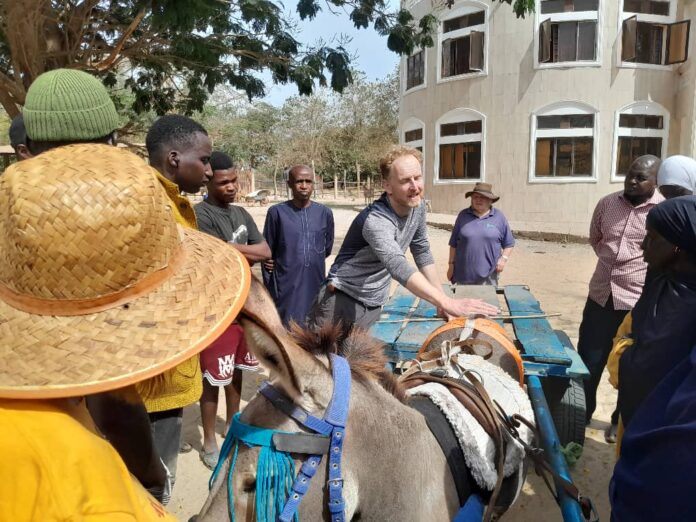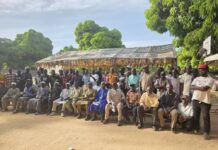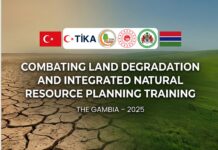By: Kebba Ansu Manneh
Dr. Kebba Daffeh, President of the Gambia Veterinary Medical Association (GVMA), has raised the alarm over the dwindling number of trained veterinary doctors in the country, warning that the current shortage leaves the country vulnerable to disease outbreaks.
Speaking at a recent training event in Makasutu, where 35 members of the Future Vets Association were educated on animal welfare, disease management, and treatments, Dr. Daffeh revealed that only three veterinary doctors are currently employed by the Gambian government.
“There are only three veterinary doctors on active service for the Government of The Gambia, and that is totally unacceptable,” Dr. Daffeh stated. He cited the World Organisation for Animal Health (OIE) PVS Report of 2009 and the GAP Analysis Report of 2012, which recommend a minimum of 25 veterinary doctors to meet international standards. “Each region should have a veterinary doctor, every major abattoir should have its own, and we need them in other areas of national interest,” he emphasized. The three veterinarians are the Director General, the Deputy Director General, and one doctor who graduated two years ago.
Dr. Daffeh highlighted the stagnation in veterinary training, noting that over the past decade, only one veterinary doctor has been trained and is actively serving. With the average age of government-employed veterinarians being 55, he described the situation as a “cause for concern that should not be ignored.”
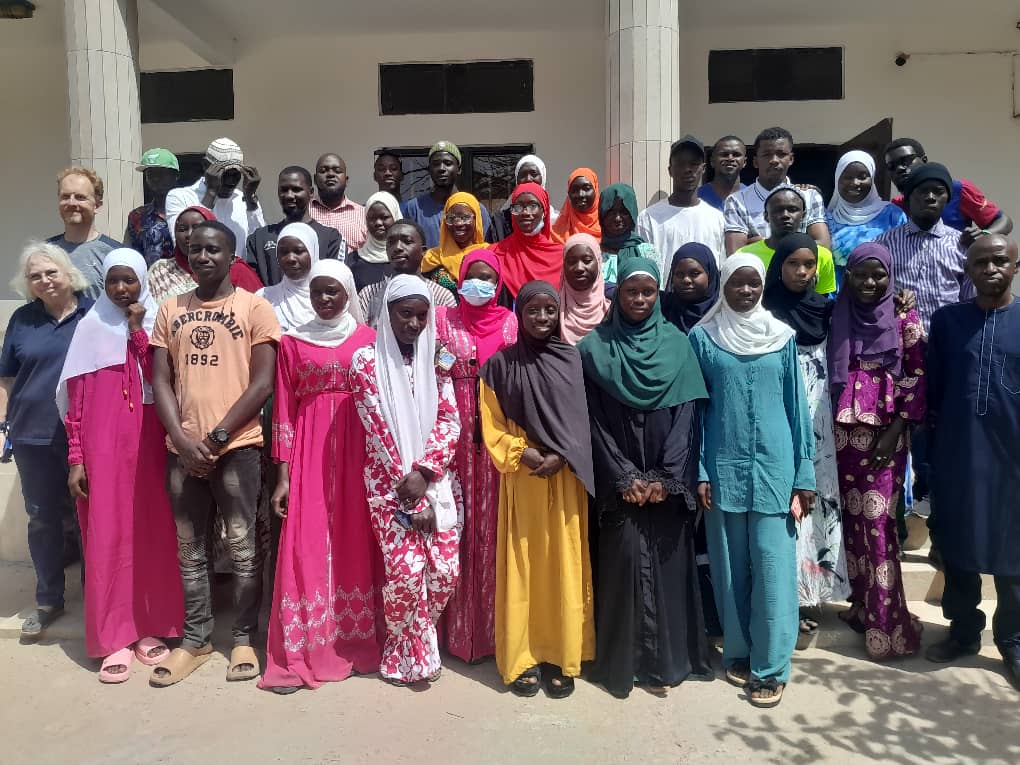
Reflecting on the country’s proud veterinary history, Dr. Daffeh recalled how The Gambia eradicated Rinderpest by 1965 and Contagious Bovine Pleuropneumonia (CBPP) by 1970, only for CBPP to resurge in 2012. “When I graduated, there were about 15 veterinary doctors serving The Gambia, but today we have only three. What is happening to veterinary services in this country?” he questioned. He cited notable Gambian veterinarians like Sir Dawda Kairaba Jawara, the nation’s first president, and Dr. Jarra Jagne, the first Gambian female veterinary doctor, as evidence of the country’s past capacity to produce top talent.
Dr. Daffeh warned that without urgent action, The Gambia risks having no veterinarians at all. “It looks strange, but I know of a country in West Africa with no veterinary doctor. We are only slightly better off, and this is an alarming situation,” he said. Despite years of advocacy and curriculum development, he criticized the absence of veterinary education at the University of The Gambia (UTG). “I’ve spoken to organizations and universities in the UK, and they always ask when we’ll start a veterinary school. I tell them we’ve done our part, but I can’t say when it will happen.”
Calling for immediate action, Dr. Daffeh urged the government and UTG authorities to establish a veterinary school, pointing to the successful creation of a medical school as proof of feasibility. He noted international support, including offers from the Gambia Horse and Donkey Trust and the West Africa Livestock Innovation Center (WALIC) to provide facilities and assistance.
Dr. Daffeh cautioned that the lack of veterinarians threatens the livestock sector, food safety, and zoonotic disease control. “Veterinary doctors are needed in every region as the livestock population grows. A strong veterinary sector is essential for productivity and public health.”
Professor David Sutton of the University of Glasgow’s School of Biodiversity, One Health & Veterinary Medicine led the training event. He emphasized the vital role veterinarians play in animal welfare and disease prevention and described the profession as rewarding despite its modest financial returns. “Healthier animals lead to healthier, more prosperous families,” he said.
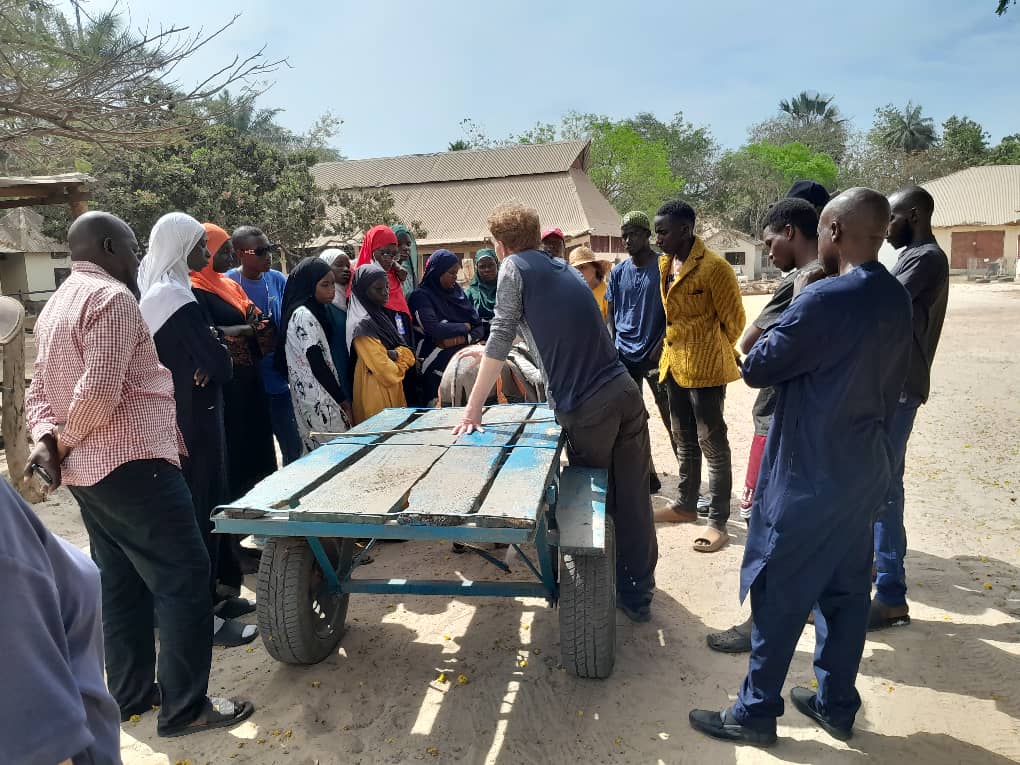
Samba Sowe, a representative of the Future Vets Association, echoed the call for veterinary education, urging his peers to pursue training and pressing the government and UTG to act swiftly to address the shortage.
As The Gambia grapples with this critical gap, Dr. Daffeh’s plea underscores the urgent need for investment in veterinary services to safeguard the nation’s livestock, economy, and public health.


